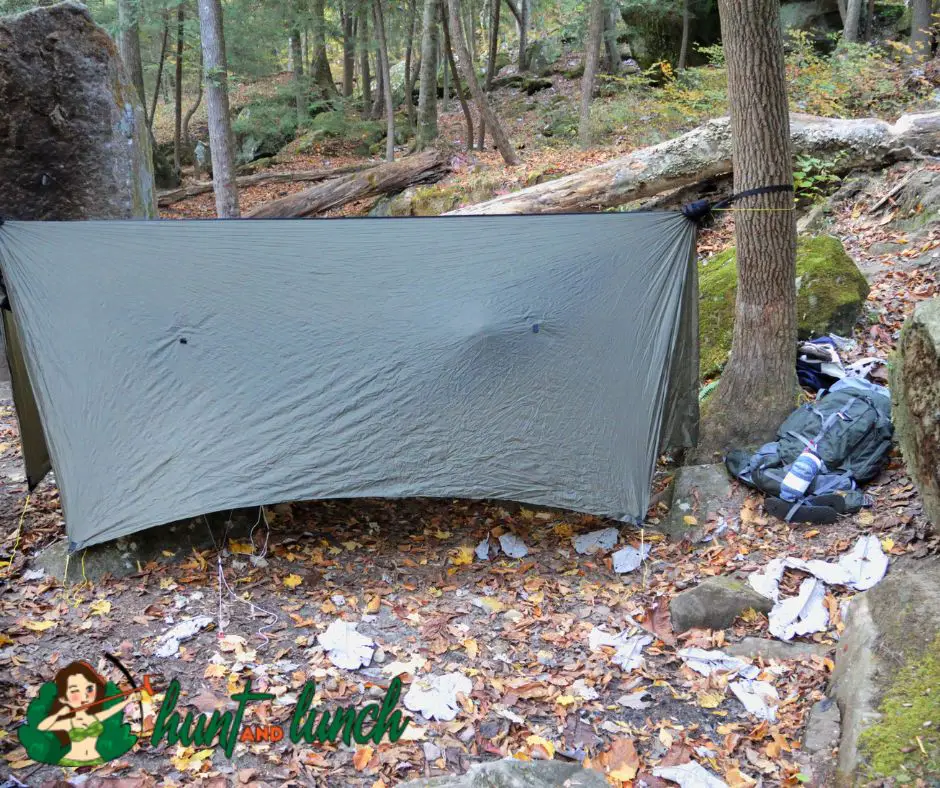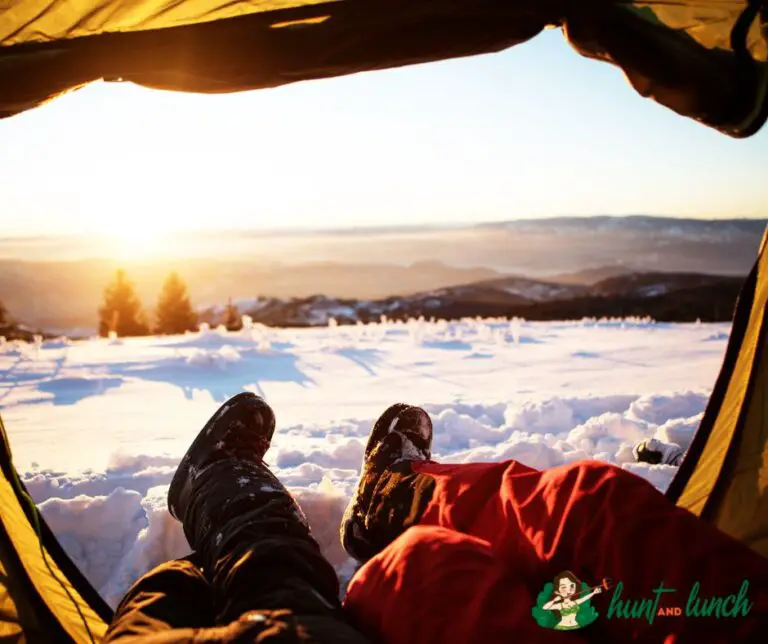
If you’re camping, chances are you’ll need a tent. And if you buy one, you’ll want to make sure that it’s the right one for your needs. This is where tarps come in: they can be instrumental when setting up your tent. However, it adds to your overall cost, and you might wonder, do I need a tarp under my tent?
Yes, you need a tarp under your tent. They can protect against rain and snow storms and keep things dry underfoot when setting up camp. Also, they add warmth by creating a barrier between cold air and the floor of your tent.
Reasons to Use a Tarp
If you are a fan of camping and you have a tent, there are plenty of reasons why you might want to use a tarp to keep out the elements:
Keeps the inside of your tent dry
A tarp can keep the inside of your tent dry. It does this by maintaining rain runoffs and dew away from your tent. The tarp keeps the inside of your tent clean as well as dry because it prevents mud from splattering on them. Suppose you have an expensive sleeping bag or other gear that needs to stay dry in order to function correctly. In that case, a tarp will protect them from getting wet when it rains outside or if you’re camping near water.
Adds warmth
While not always necessary for summer camping trips when temperatures are warm enough outside and thus no need for tarps, using them during colder seasons can help keep campers dryer while also increasing overall comfort levels while sleeping.
Keeps out bugs
One of the most frequently overlooked reasons to use a tarp under your tent is that it keeps the bugs out. A tent can give you a fantastic amount of protection from the elements, but that same protection also means keeping in heat and moisture. This leads to one problem: bugs. While not all outdoor activities require bug repellent, a tarp will help keep those pesky critters at bay while still allowing you access inside your tent without having to worry about being bitten by mosquitos or ticks.
Protects the underside of your tent
As you may know, tarps are designed to protect the underside of your tent. By placing a tarp under your tent, you will be protecting the floor of your tent from sharp objects on the ground and water that might come in contact with it.
When camping or hiking in campgrounds, debris, such as rocks and twigs, is often on the ground. These can easily puncture your tent’s fabric if not covered by a protective layer such as a tarp.
Reasons Not to Use a Tarp
You should not use a tarp if:
Extra weight
The weight of a tarp is negligible compared to the total weight you’re carrying. Regardless of your tap’s light, it still contributes to your overall load. If anything, think about how much space it will take up in your pack or on your back when you’re going camping.
It might not be necessary
Sometimes, a tarp is not necessary. If you are camping in a field or on the beach, and your tent has high walls, you may be able to get away with it. If you do not plan on camping in the rain or snow, a tarp may also be unnecessary for your trip. But if you plan on hiking through the rain or snow, use a tarp.
It might funnel water under your tent if not set up properly
If you are not careful, water can pool under your tent, causing it to become soggy and weak. Suppose the tarp isn’t fitted correctly under the tent. In that case, it can collect water and channel it into your tent, leading to unwanted wetness.
How to Fix a Tarp under a Tent
If you are using a tarp for camping, it is essential to make sure that the tarp does not slide around on the ground. If your tarp does not stay in place well, you must pull it from underneath your tent every time. Here is how to correctly fix a tarp for your tent:
Checking the ground in your selected spot
Just putting down a tarp doesn’t mean you don’t need to move things like sharp rocks or sticks. If there are significant roots under the tent site, they could cause damage and leakage. Also, you want to ensure that you are not setting up your tent on a water-flowing route.
Shape your tarp to fit the right shape for your tent
This is essential, as having a giant tent tarp can lead to a disastrous outcome. If your tarp is the same size as your tent, it won’t require any folding. However, more giant tarps can be resized by folding them in half.
Lay your tarp and Peg it down
Once you are set, lay your tarp and use the recommended pegs to help hold it in place. Make sure you peg the tarp down properly, tightly, and in the right places.
Pegging your tarp prevents it from blowing away and damaging other equipment in high winds. Most tarps come with attachment points where you can peg them without damaging them. Ensure they’re reinforced so they don’t rip out of the ground during a storm.
Fix your tent and ensure there is no overlap
You can now fix your tent over your laid tarp. Follow the instructions on how to fix your tent, and you should be done in no time. Always ensure that there is overlap. Any overlap can lead to infiltration for both water and insects.
Conclusion
Answering the question of whether I need a tarp under my tent depends on your situation. You need a tarp to keep the inside of your tent dry. It protects the underside of your tent from water and dirt. And it adds warmth by insulating against cold ground or snow. It keeps out bugs that might otherwise get into your sleeping bag through holes in the floor or sides of the tent. However, you also don’t need it in some cases, which might add to your load.
You should use a tarp under your tent if you are camping in the rain. You should use a tarp under your tent when camping in the snow. If you are camping in the wind or in any other potentially harsh conditions, use a tarp under your tent.

I’m Cindy, a free-spirited outdoor enthusiast. Since childhood, Our family frequently goes on weekend camps and my father, who was a skilled hunter, used to teach my siblings and me valuable things about wildlife survival. I made this blog to share my knowledge, experiences, and tips.






